The Continuous Smart Device Checkup
The consumer market for medical IT devices and apps has exploded in recent years, with over 435,000 health-related apps currently available. That market is estimated to grow from $300 billion today to almost $1 trillion in 2030. Nearly half of all Americans—led by Gen Xers and young people—wear smartwatches with apps that monitor dozens of health metrics including steps, calories burned, blood oxygen levels, heart rate, sleep patterns and menstrual cycles.
Smartwatches made by Apple, Fitbit, Garmin and others now include ECG monitors that the FDA has cleared to detect atrial fibrillation as well as Parkinson’s symptoms and respiratory illnesses. As human trials on these devices continue, they will become FDA-approved to monitor an ever-increasing number of conditions. Major retailers like Best Buy are betting heavily on wearables and home medical devices as a significant new area for technology sales. Currently, few of these expensive over-the-counter devices are covered by insurance and are marketed only for higher income populations. While the cost of consumer technology tends to come down over time, private or government insurance programs will have to change policies for the larger population to benefit from these advances.
Cameras on cell phones can document and facilitate the diagnosis of skin diseases, including carcinomas. FDAapproved apps treat substance use disorder, ADHD and sleep disorders. Virtual and augmented reality games and apps are already being used as therapeutics to treat neurological disorders, manage pain and monitor physical therapy progress.
Perhaps the most significant change will be the next generation of wearables that will constantly monitor blood pressure, stress hormones, blood sugar levels and other metabolic health markers. Combined with population-level data sets, these biomarkers will help predict the onset of heart disease and type 2 diabetes, two conditions most responsive to diet and lifestyle changes. Early awareness and intervention could save millions of lives and significantly decrease healthcare costs.
SELF DIAGNOSIS AND AT-HOME MEDICAL RESEARCH
Early 2023 saw an explosion of new AI apps such as ChatGPT, growing within a few months to over 100 million active users. Trained on massive amounts of data from the internet, ChatGPT will answer most any question, including medical queries. Unfortunately, ChatGPT often provides factually inaccurate information—it has no mechanism to distinguish good information from bad. This new “generative” technology is still in development but will certainly be another way that people learn about their health challenges.
